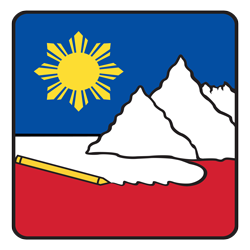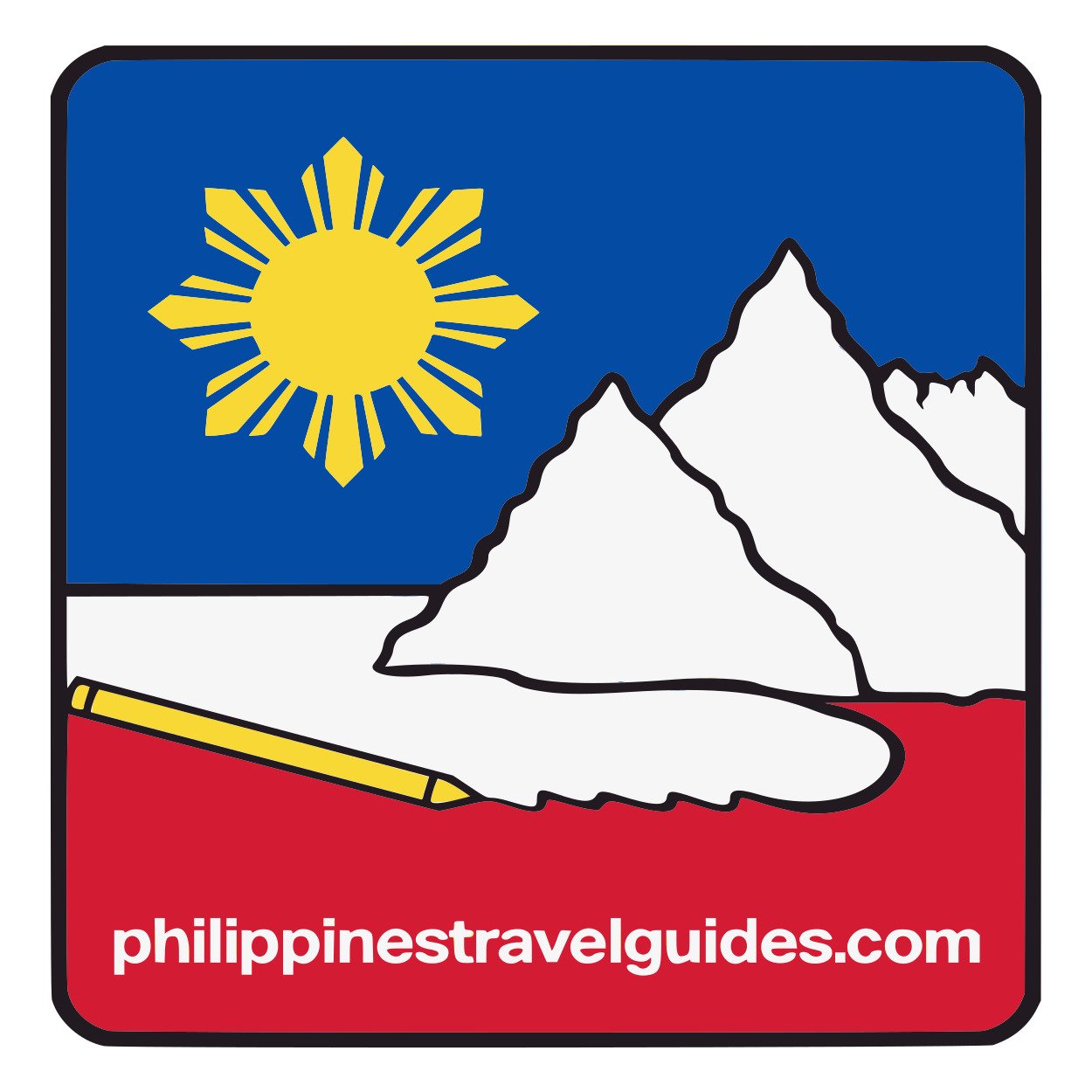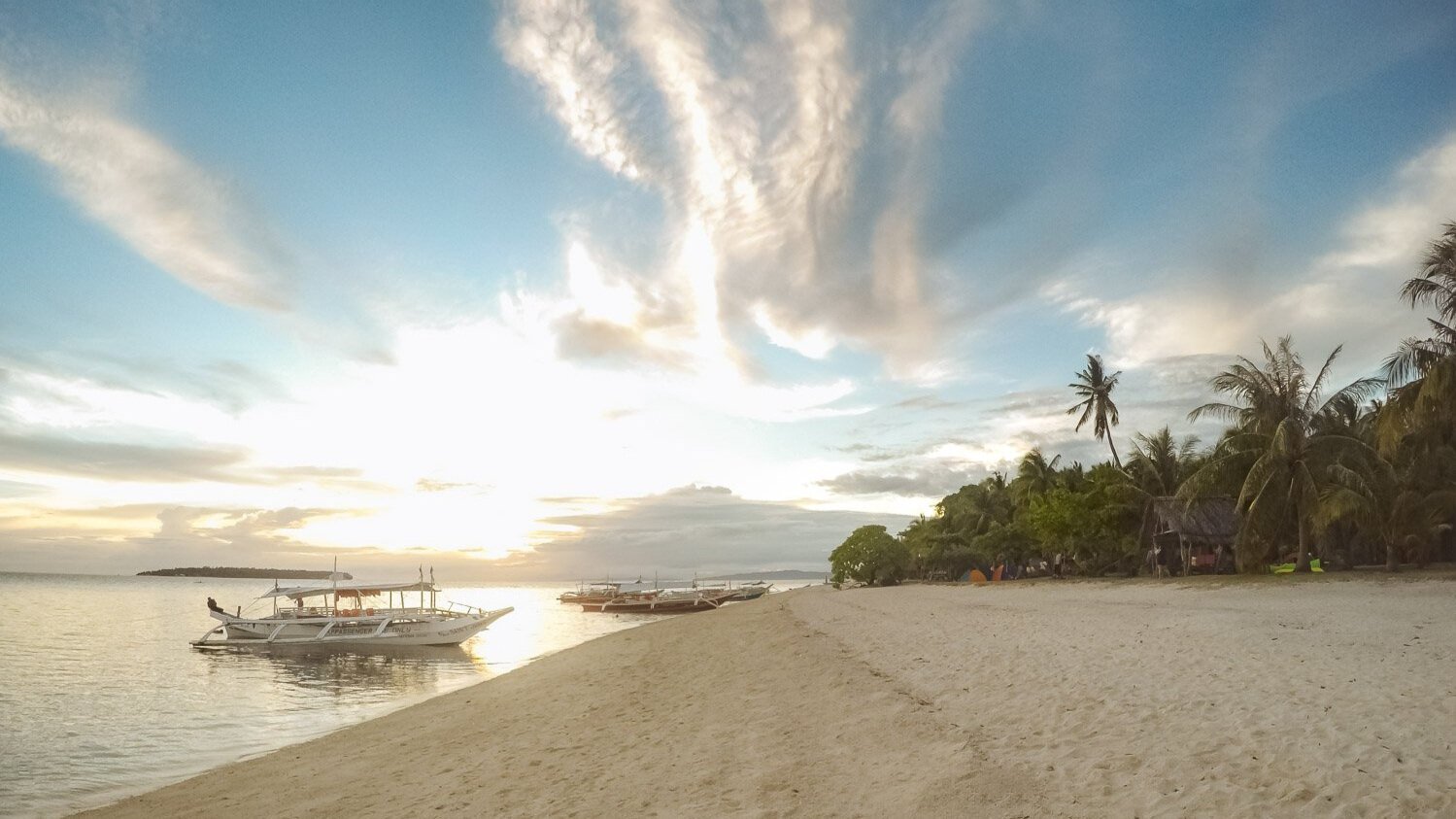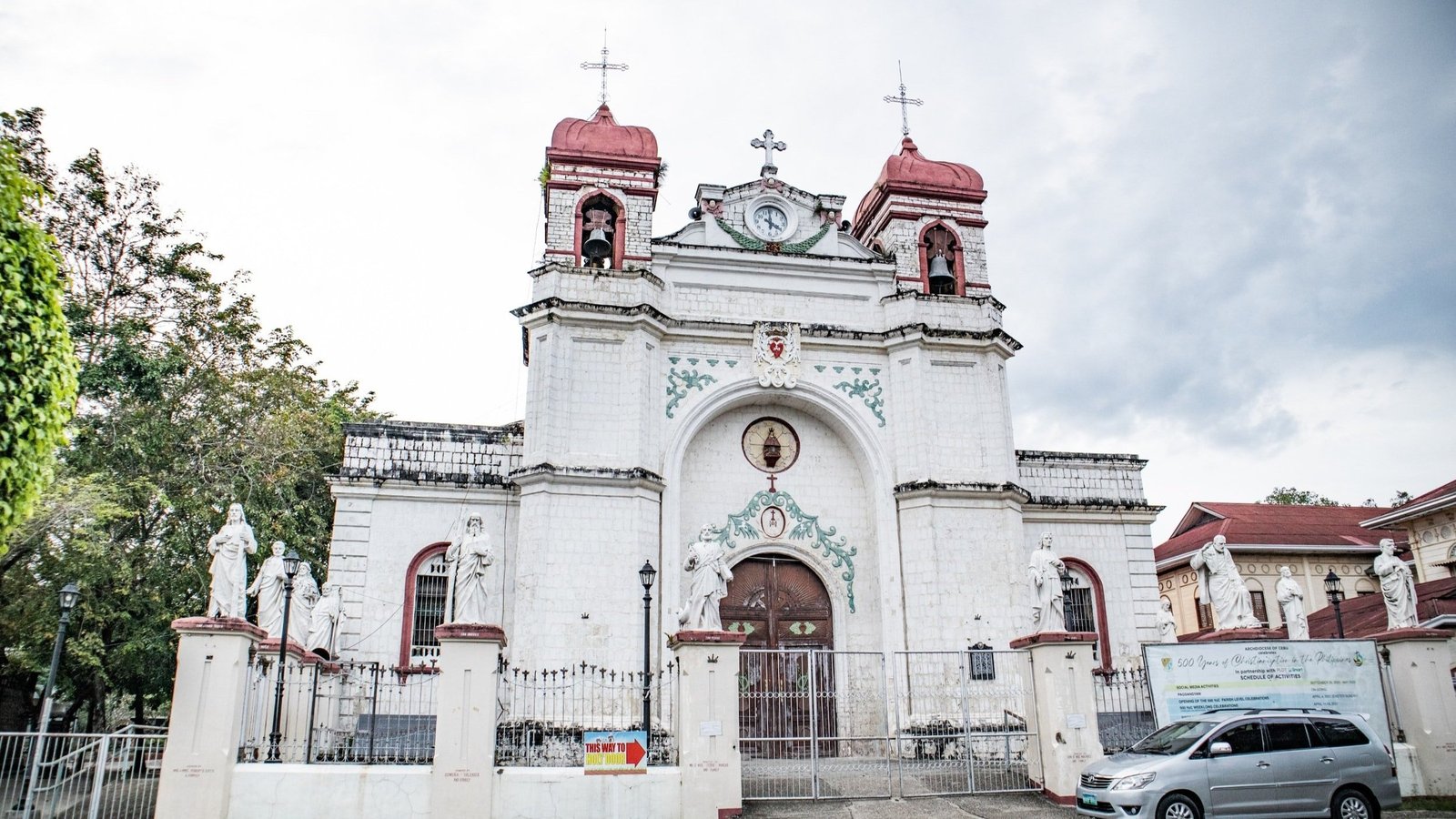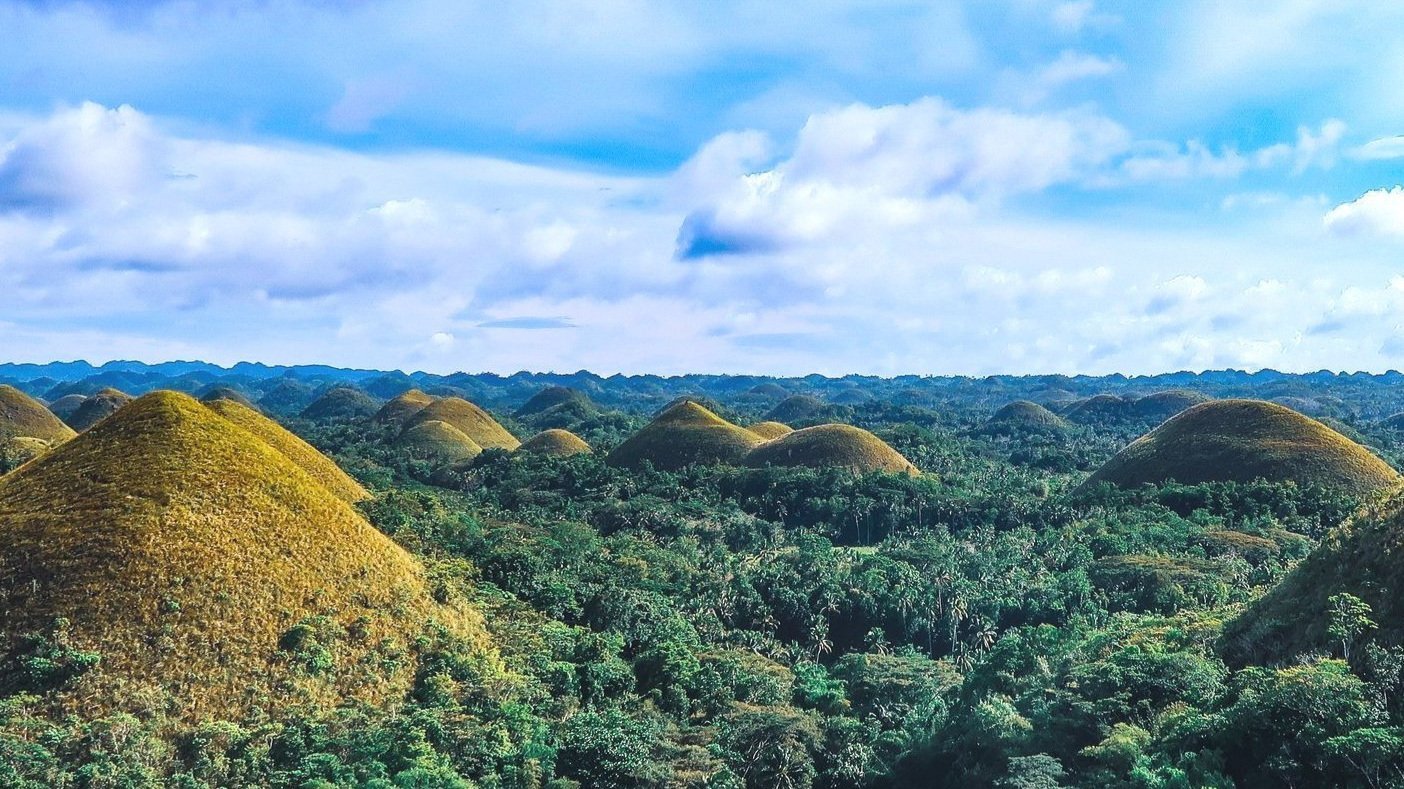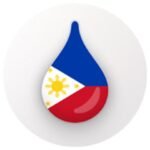Known as a tropical country, the Philippines has a relatively high temperature and abundant rainfall. Its proximity to the equator and geographical position in the Pacific Ocean are the main reasons behind its pleasant but unpredictable weather.
It is believed that the southwest and northeast monsoons are contributing factors too. Having all these elements as the bases, Filipinos enjoy two major seasons– rainy (June until November) and dry (December to May).What are the Types of Weather Conditions in the Philippines?
NOTE : Always check out the weather forecasts before going into your planned destination. Despite its tropical climate, the country's weather conditions can change very quickly.
What are the Seasons in the Philippines?
The Philippines enjoys a tropical climate, with only two seasons – wet (also called rainy) and dry. Most parts of the country are hot and quite humid throughout the year. For lovers of adventure and the sea, the best months to go on diving, snorkeling, and island hopping in the Philippines are during the dry season, starting from November to May.
The wet season, on the other hand, starts from June until October. In these months, rain comes almost daily. Worse, the occurrence of typhoons is highly possible too.
From October to May, a dry season is experienced in the Philippines. March, April and May are the hottest months – which is why locals call it “summer”. During these months, most beaches and resorts in the country are likely occupied, despite a higher daily rate.
You can see many local and foreign adventure-seekers to the country’s famous dive sites and coastal locations at this time of the year. Who could resist the warm weather and a refreshing feel of the cool air by the beachside?
When is the Best Time to Visit the Philippines?
The ideal time to travel in the Philippines is generally between December and May. These months fall on the dry season, where surface temperature reaches more than 35 degrees Celsius. For most foreign tourists from the West, such a weather condition makes a perfect escapade from the winter cold.
The rainy season lies between June and October – with quick showers likely to happen everyday. As an off-season for tourism, traveling can be more practical because the rate of accommodation facilities during this time is less expensive.When is the Best Weather for Surfing and Kiteboarding?
If you love surfing, this one’s for you. Do you know that the Philippines is one of the top surfing destinations in the world? It is the home to many crystal clear beaches and sought-after surfing spots where you can achieve your fitness and adventure travel goals.
Generally, the best months for surfing in the Philippines are August through November. At this time of the year, surfers would surely enjoy catching the waves because of the better swells. The best winds for surfing happen somewhere in December to March, with a wind speed at 15 to 20 knots or 27 to 37 kilometers per hour. At this time of the year, the water temperature hits approximately 25 degrees Celsius.What Does PAGASA Stand For?
PAGASA is an acronym which means Philippine Atmospheric, Geophysical and Astronomical Services Administration. This government agency protects the people against natural calamities through providing them with accurate, reliable, and timely weather reports.
To accomplish its organizational mission, a geo-stationary weather satellite named HIMAWARI-8 was installed at PAGASA base in December, 2015. It generates satellite images every 10 minutes. Since then, the agency makes use of this satellite to forecast weather, analyze tropical cyclones, and conduct further research.
It is more amazing to know that PAGASA works in partnership with other scientific organizations in and outside the country in the conduct of geophysical, atmospheric, and space studies. Another interesting discovery is the DOST-PAGASA Mobile App which aims to track tropical cyclones and let the people know about it. Also, it provides daily weather forecasts and flood advisories.NOTE : DOST-PAGASA app is the secret to a safe and pleasant trip to a country with very changeable weather – the Philippines.
Summary: Weather in the Philippines
Excited about your trip? Plan your itinerary with our Most Popular Philippine destinations travel guide. What do you think about the weather in the Philippines? We’d love to hear from you. Drop us a comment below!
